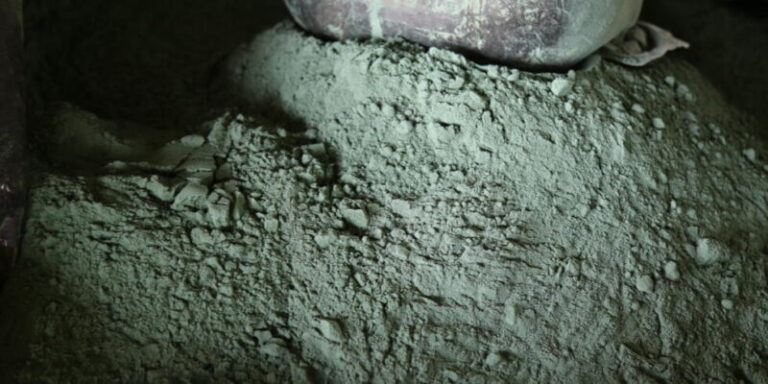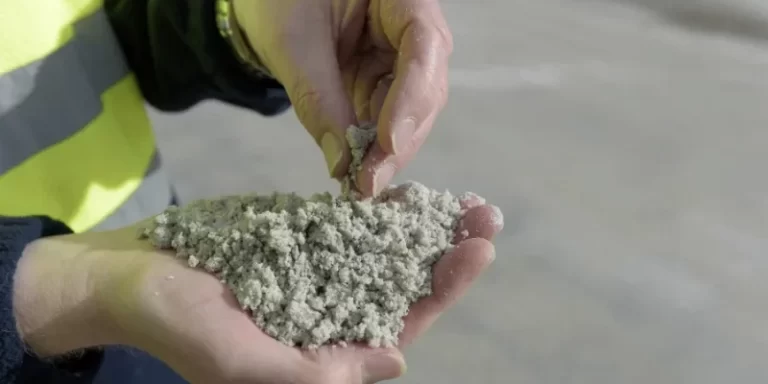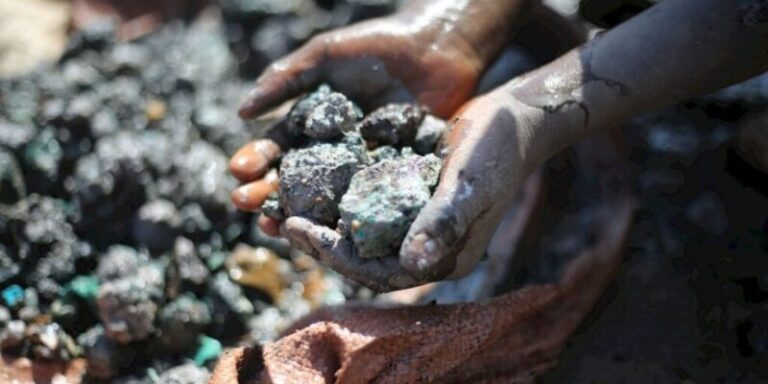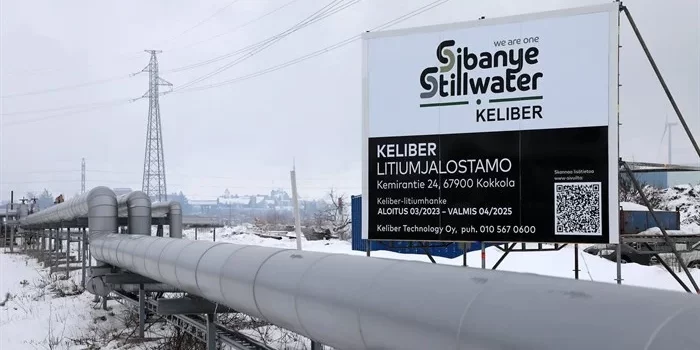
Koryx Copper Inc. has announced the findings from its latest drilling efforts, affirming the potential of the Haib copper deposit to yield significant grades across substantial widths within the established historical resource.
Situated under license 3140 near Noordover in southern Namibia, bordering South Africa, the Haib copper deposit has attracted attention for its promising mineral wealth.
CEO Pierre Léveillé expressed satisfaction with the progress, indicating a strategic shift towards updating the Haib copper project following the release of the 2023–2024 drill program results.
Since drilling resumed in October 2023, Koryx has completed 26 holes as part of the ongoing campaign, spanning a total of 4,861 meters.
All drill holes underwent comprehensive logging, sampling, and submission to ALS for assaying. Among the 18 holes already processed by ALS, comprising 1,825 samples, results have been promising.
While awaiting the outcomes for the remaining eight drill holes from ALS, Léveillé remains optimistic about the project’s potential, hinting at the likelihood of an upgraded mineral resource estimate.
“We continue to receive encouraging results, suggesting a potential increase in the deposit’s average grade compared to previous estimates,” remarked Léveillé. He anticipates the release of results for the remaining drill holes within four weeks, following which the focus will shift to updating the mineral resource estimation.
The initial exploration program, initiated in February 2021, aimed to drill up to 10,000 meters, with a focus on delineating and expanding the higher-grade zone uncovered in 2019, progressing towards feasibility assessment.
Despite a setback in June 2021 when the ministry declined to renew the license, suspending the program, the legal matter was resolved, and the license was reinstated on July 7, 2023.
Undergoing a transformation from Deep South to Koryx, the company recommenced drilling the remaining 5,000 meters of the exploration program, proceeding with renewed vigor towards a new resource estimation.





